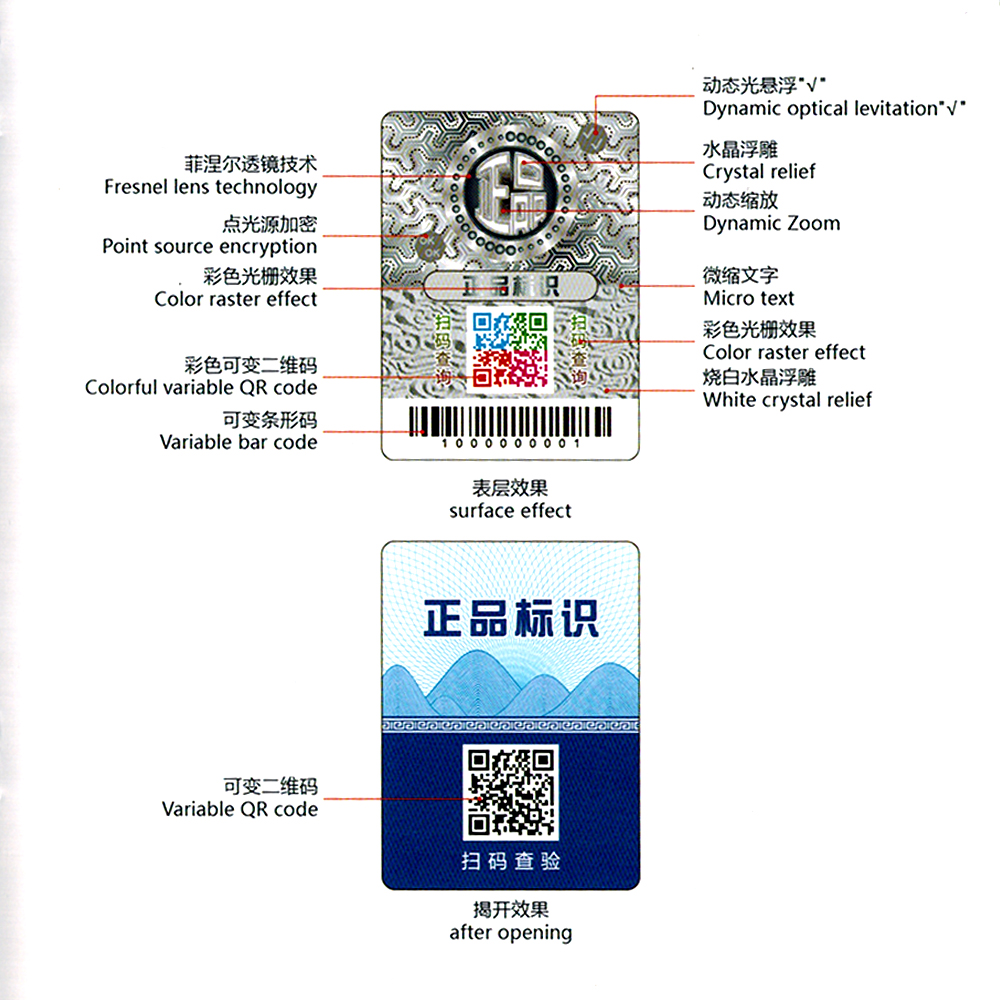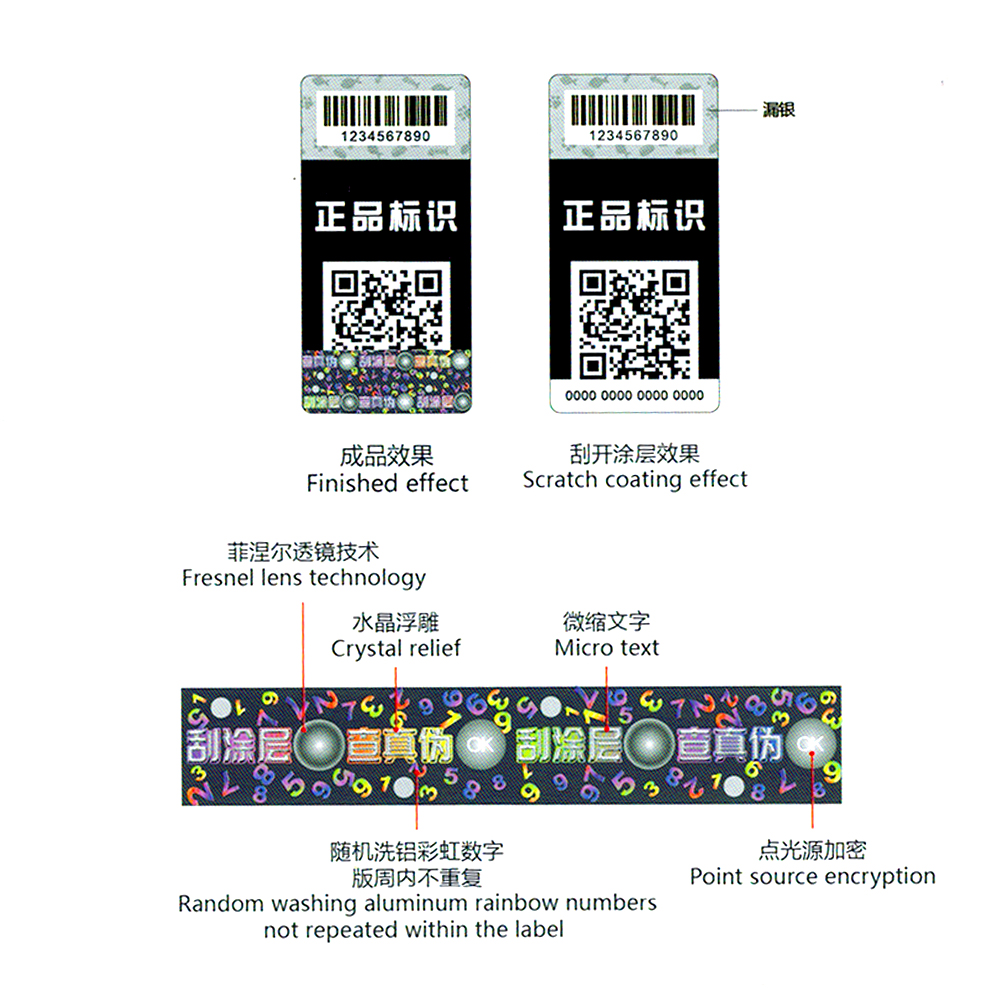Whatsapp: +86-18537309643 Email: cathy@unioncoding.com
Views: 4 Author: Site Editor Publish Time: 2024-10-22 Origin: Site
In today’s global marketplace, counterfeit products have become a major concern for manufacturers and consumers alike. From luxury goods to pharmaceuticals, counterfeiting affects nearly every industry, leading to significant economic losses and posing serious risks to consumer health and safety. Anti-counterfeit labels are a critical tool in combating this issue, helping to protect both brands and consumers by ensuring product authenticity. In this essay, we will explore the purpose, types, and benefits of anti-counterfeit labels, as well as how they are applied in various industries.
Purpose of Anti-Counterfeit Labels
The primary goal of anti-counterfeit labels is to safeguard the integrity of products by making it difficult for counterfeiters to replicate or tamper with them. These labels act as a verification tool , allowing customers, retailers, and manufacturers to quickly and easily confirm a product’s authenticity. By using unique markers, codes, or materials, anti-counterfeit labels help deter counterfeiters from illegally copying products and selling them as genuine.
In addition to protecting consumers from potentially harmful fake products, anti-counterfeit labels also play an important role in protecting the brand’s reputation. Counterfeit goods can severely damage a brand’s image, leading to loss of customer trust, reduced sales, and long-term financial repercussions.
Types of Anti-Counterfeit Labels
There are several types of anti-counterfeit labels, each designed with different technologies and methods to combat counterfeiting. Some of the most common types include:
1. Holographic Labels : These are three-dimensional images that are difficult to reproduce without specialized equipment. Holographic labels are highly visible, making them a popular choice for luxury products, electronics, and even pharmaceuticals.
2. QR Codes and Barcodes : Many companies incorporate QR codes or barcodes into their labels, which can be scanned to verify product authenticity. These codes can link to a database that provides details about the product, including its origin, manufacturing date, and distribution history.
3. RFID (Radio Frequency Identification) : RFID technology embeds a small chip into the label, which can be scanned by electronic readers to verify the product’s authenticity. This type of label is often used in high-value goods such as electronics and pharmaceuticals.

4. Tamper-Evident Labels : These labels are designed to show clear evidence if the product has been tampered with. Once applied, they cannot be removed without leaving visible damage, making it easy for consumers and retailers to identify compromised products.
5. Security Inks and Watermarks : These involve the use of special inks or invisible markings that can only be seen under UV light or through other specific methods, making it difficult for counterfeiters to duplicate.
Benefits of Anti-Counterfeit Labels
Anti-counterfeit labels offer a variety of benefits for manufacturers, consumers, and retailers alike. First and foremost, they provide peace of mind to customers by ensuring that the product they are purchasing is genuine and safe to use. In industries like pharmaceuticals, where counterfeit drugs can pose serious health risks, anti-counterfeit labels are crucial for consumer protection.
For manufacturers, anti-counterfeit labels help preserve brand reputation by preventing counterfeit goods from flooding the market. They also make it easier to track products through the supply chain, ensuring that any issues related to counterfeiting can be quickly identified and addressed.

Finally, anti-counterfeit labels also have legal and regulatory benefits. Many industries are required to comply with strict regulations regarding product labeling and security. Using anti-counterfeit technologies helps companies meet these requirements, reducing the risk of fines or legal action.